Landskip (2023)
"Every single entity contains an adumbration or landskip of the whole Universe" (Jan Baptist van Helmont, 1650).
"Every single entity contains an adumbration or landskip of the whole Universe" (Jan Baptist van Helmont, 1650).
This made-for-TV documentary introduces the layperson to concepts and technologies that were emerging in computer interface design in the late 1980s and early 1990s: hypertext, multimedia, virtual assistants, interactive video, 3D animation, and virtual reality.
The Russian painter Wassily Kandinsky claimed, or has been credited with, the 'creation' of abstract art. At the core of this film is a dramatic recreation of Kandinsky's account of returning to his studio one dark evening, and being astonished by an unknown masterpiece of abstract art leaning against the easel - a picture which turned out to be one of his own landscapes fallen on its side. 'Now I knew for certain that the object spoiled my pictures.' While this film's narration does indeed emphasize the notion of an inspired breakthrough to Abstraction, the picture it conveys in more purely filmic ways is a rich and complex one.
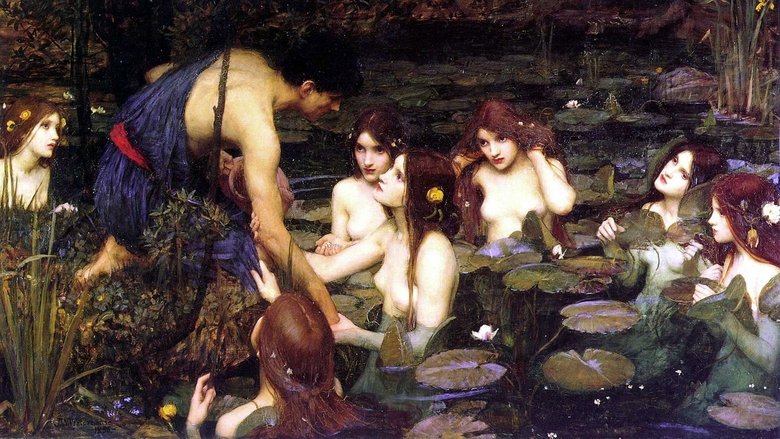
The passionate story of the femme fatale, seductive and dangerous, a myth and a fantasy, through her representation in art.
An investigation into the whereabouts of an unseen child narrator among the lifeless suburbs of Orlando, Florida. Told by mixing documentary footage with fantasy elements, the boy's tale slowly swivels from a possible theme park ride into his own harrowing familial reality.
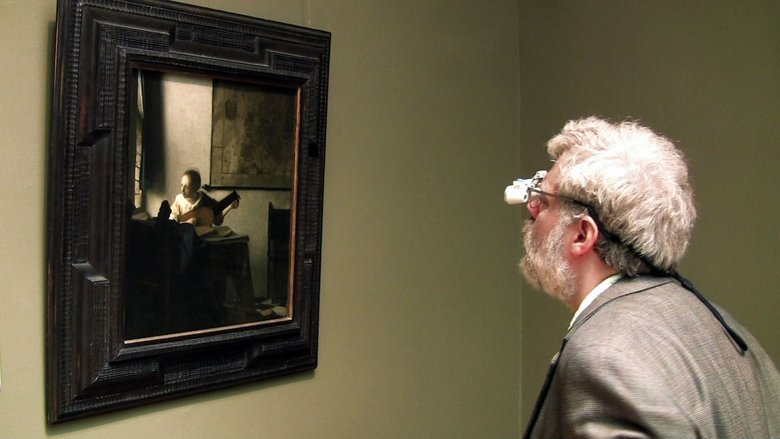
Tim Jenison, a Texas based inventor, attempts to solve one of the greatest mysteries in all art: How did Dutch Master Johannes Vermeer manage to paint so photo-realistically 150 years before the invention of photography? Spanning a decade, Jenison's adventure takes him to Holland, on a pilgrimage to the North coast of Yorkshire to meet artista David Hockney, and eventually even to Buckingham Palace. The epic research project Jenison embarques on is as extraordinary as what he discovers.
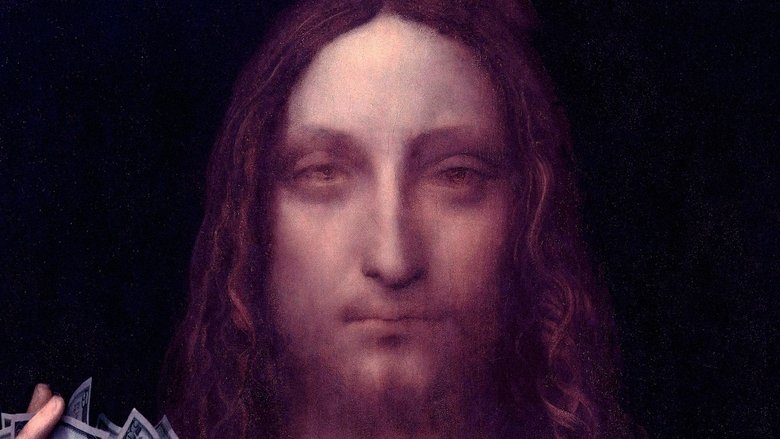
In November 15, 2017, the painting Salvator Mundi, attributed to Italian artist Leonardo da Vinci (1452-1519), was sold for an unprecedented $450 million. An examination of the dirty secrets of the art world and the surprising story of how a work of art is capable of upsetting both personal and geopolitical interests.
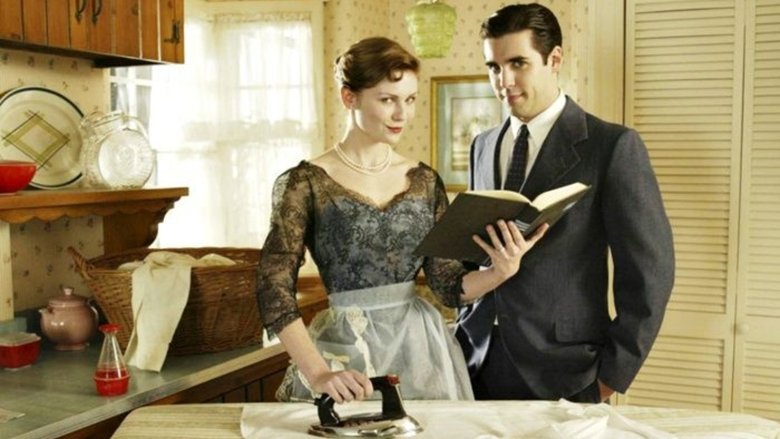
Katherine Watson is a recent UCLA graduate hired to teach art history at the prestigious all-female Wellesley College, in 1953. Determined to confront the outdated mores of society and the institution that embraces them, Katherine inspires her traditional students, including Betty and Joan, to challenge the lives they are expected to lead.

From the cabinets of curiosities created in Italy during the 16th century to the prestigious cultural institutions of today, a history of museums that analyzes the social and political changes that have taken place over the centuries.
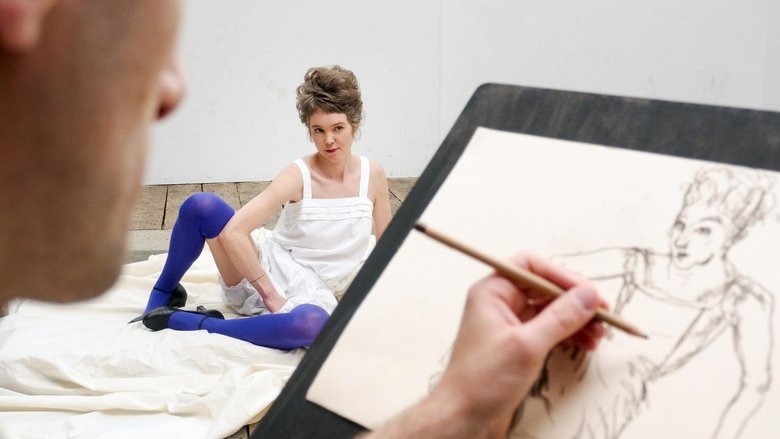
An account of the short life and the astonishing and provocative work of the Austrian painter Egon Schiele (1890-1918), seen through the peculiar point of view and the critic voices of the women who defined the paramount milestones of his existence: Gerti, his sister; Wally, his main model and lover; and Edith, his wife. A brief story of love, hate, betrayal and misfortune.
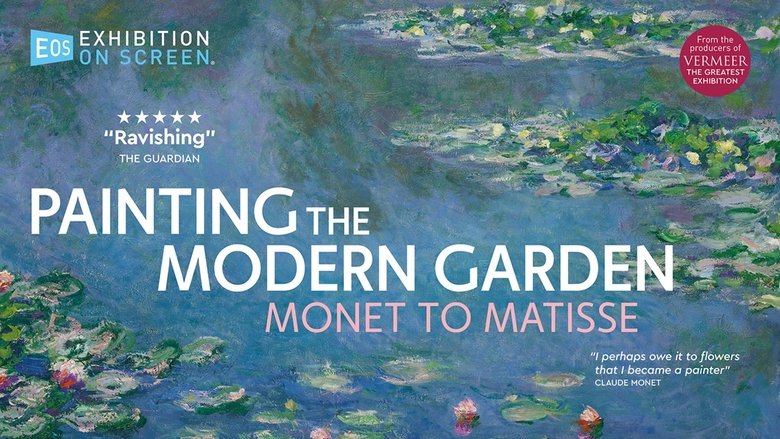
Claude Monet was an avid horticulturist and arguably the most important painter of gardens in the history of art, but he was not alone. Great artists like Van Gogh, Bonnard, Sorolla, Sargent, Pissarro and Matisse all saw the garden as a powerful subject for their art. These great artists, along with many other famous names, feature in an innovative and extensive exhibition from The Royal Academy of Arts, London.
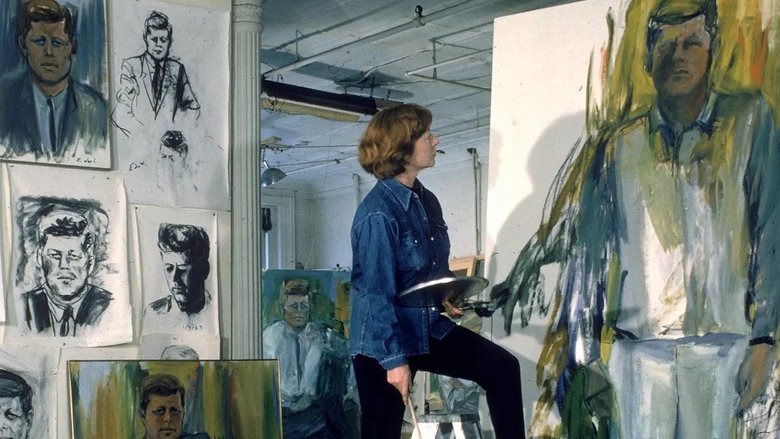
We go behind the scenes and into the minds of artists as they capture, commemorate, and, at times, condemn our presidents.
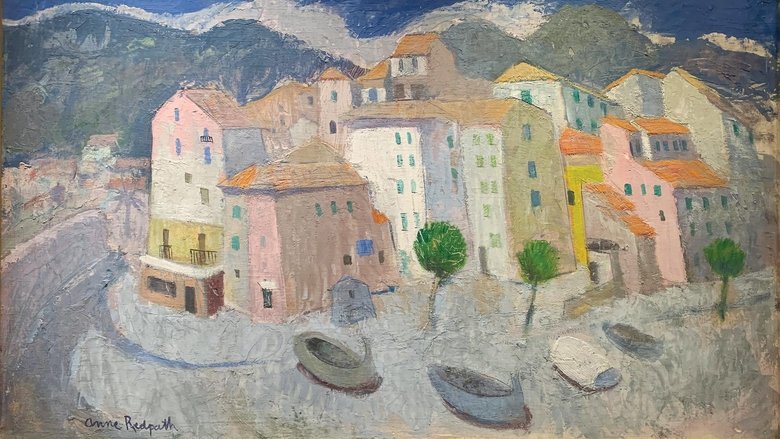
Michael Palin travels to France in search of the Mediterranean view on his wall, captured by his favourite artist, Scottish painter Anne Redpath. He travels from a London bank, via a chateau in Cap Ferrat and a monastery in Edinburgh.
Olev Subbi (1930–2013) was one of the most significant painters of the second half of the 20th century. His art constantly strived for harmony and beauty, reviving lost memories. This documentary reconstructs the environments of his paintings, features interviews with artists and Subbi’s contemporaries, and incorporates archival footage, creating a multilayered perspective on the life and work of this remarkable artist.
Dr. Francis Schaeffer's spectacular series on the rise and decline of Western culture from a Christian perspective.
The many references in contemporary film to Edward Hopper's works, as well as the widespread reproduction of some of his paintings have made his universe familiar to many. His unclassifiable figurations weave a dialogue between appearances and light, between the unmistakeable and enigma. Focusing on the artist's personal life in the context of 20th century America, "Edward Hopper and the Blank Canvas" bears witness to a fiercely independent painter, who was aware of the issues of his era, and who was hostile to the imprisonment that a modern American art opposing realism and abstraction could lead him to. This film brings the artist to life, transposing his realist and metaphysical poetry. It is a subtile and passionate work, which at last unveils one of the most important painters of American modernity.
Considerations on collage as a cognitive act in artists’ cinema. A pedagogical film adrift: 35mm photographs and other materials collected over the last fifteen years by artist Stefano Miraglia meet a text written by Baptiste Jopeck and the voice of Margaux Guillemard.
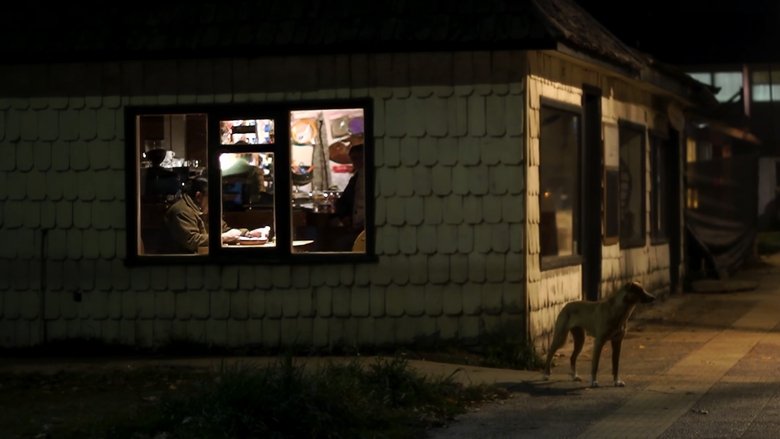
In the Aysén region dwell a population of 90000 isolated souls sharing the harsh landscapes of an area about the size of England. Here where beauty seems to be on first-name terms with fear and danger,in a place where the immensity of nature can never be dominated, the setting hesitates, along the expanses, between sparkling colours and the black and white of the snow and the water. The day-to-day images intermingle with a story of mythological aspect; that of the timeless quest for the Lost City of the Caesars, a city of gold built 500 years ago by the conquerors.
To be in Venice and see the architecture of New York, to perceive in a painting by Tintoretto the birth of animated images, to look at the burlesque Cretinetti as the ancestor of montage - so many shifts, displacements, and striking telescopings that Philippe-Alain Michaud proposes in this film dedicated to him. To follow this art historian, curator of the cinema collections at the Centre Pompidou, is to go from the oriental carpet to the film, or from the first fireworks to the cinema. And everywhere the animation of the images - projections of Antony McCall, or of Paul Sharits, Column without end of Brancusi, Pasolini's Accatone - everything moves! Under the tutelage of Aby Warburg, the great art historian of the early twentieth century, precursor of iconology and image comparison, to whom Philippe-Alain Michaud was the first in France to devote an important essay, eleven images are placed on the table to describe the singular journey of this art historian.